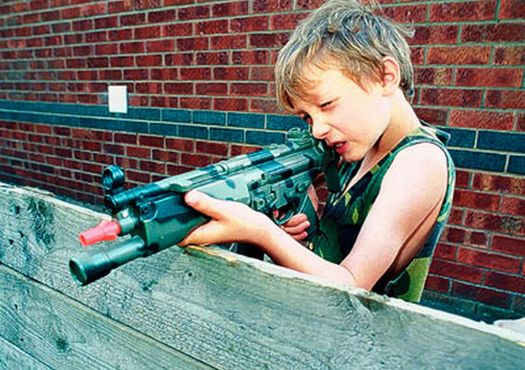 |
| Image courtesy of blog.pe.com |
I am assuming that many of you have heard of the new movie Warm Bodies. For the select few that have been living in a "dead zone" as technology ads have so aptly named it, Warm Bodies is what seems to be a modern-day rom-com for the more adult Twilight era. The main character, R (Nicholas Hoult), is a zombie. Big woop, right? Not so much, due to his chiseled features and strangely attractive appearance. While out hunting for humans, R spies a PYT (get out of here if you don't pick up on that reference) that he decides to, you know, just take back with him to the zombie compound. From there, she magically flips the human switch inside of him and he begins to regain his humanity, heartbeat by heartbeat.
As this is an educated person's blog, this will not be a synopsis of the film, rather a brief discussion of a part of the book, written by Issac Marion, that the film is based on.
| Image courtesy of bnfitdc.wordpress.com |
Alright, time's up. In the book, R realizes that he needs to take his lady friend, Julie, back home or the humans will hunt her down and really kill all the zombies. Zombiness has plagued the states so badly that only about 30% of the nation's cities are functional. On their journey through a deserted city, they take respite in a long-abandoned home. In the morning, Julie is able to sneak away and get back to the shelter where the humans have hunkered down at. This shelter is a huge superdome rigged into a makeshift city.
R has been realizing his human aspects sneaking back up on him for a while, but his first night without Julie, he dreams. This dream, which of course features Julie propels him into his mission to get her back.
Teaming up with a handful of other zombies, R heads for the superdome and is able to
"play human" (imagine teaching your dog that trick) and sneak in past the guards.
Immediately I was struck with the utopian nature of this contrived community. There had been so many measures taken to make it seem like a true city, even in the midst of tragedy and peril. Street signs had been replaced with pictures. There are "underpowered streetlamps provid[ing] dim orange illumination" (Marion, 134). There is debris littering the sidewalks: used condoms, cigarettes and soda cans. "We built schools once we finally accepted that this was reality, that this was the world our children would inherit" (Marion, 136) and in those schools, children were taught practical skills first (zombie killing, concrete pouring) and in spare time, reading, writing and reasoning.
 |
| Image courtesy of abovetopsecret.com |
This book goes to show a great aspect of utopianism in my opinion. People can try so hard to give the people what they need and what they want, but too much control, too much structure will essentially lead to discontent. People were not meant to be confined and oppressed, humans by nature want to explore, roam and learn things for themselves.
No comments:
Post a Comment